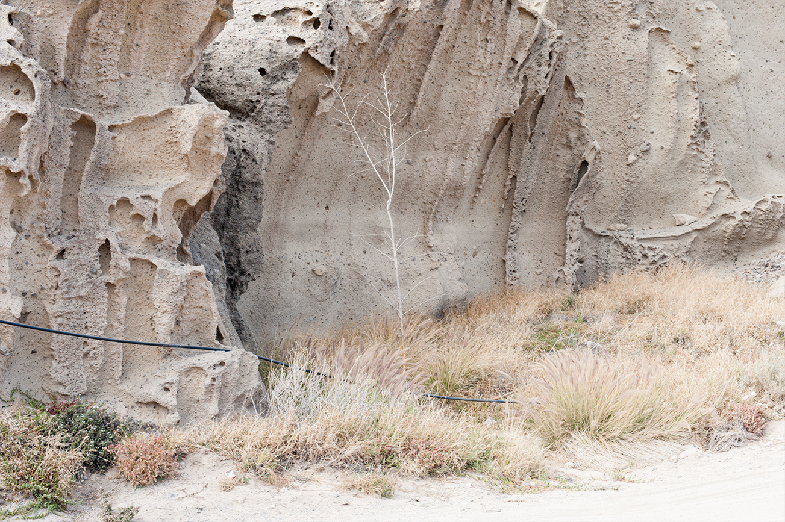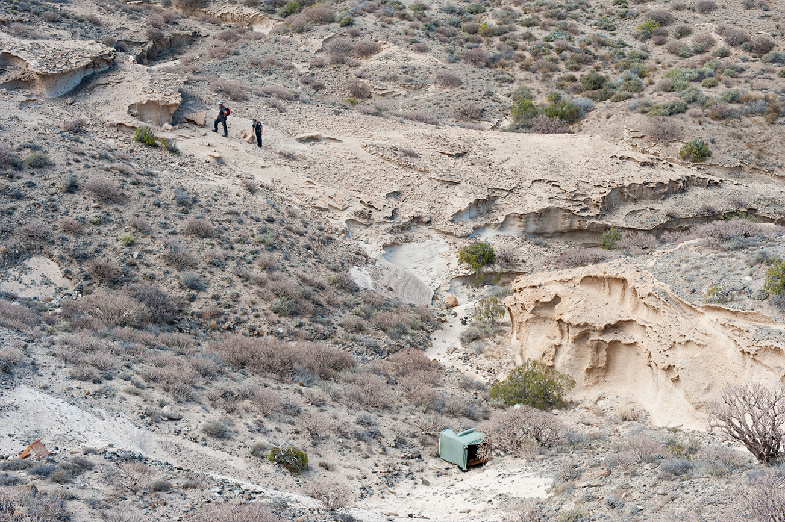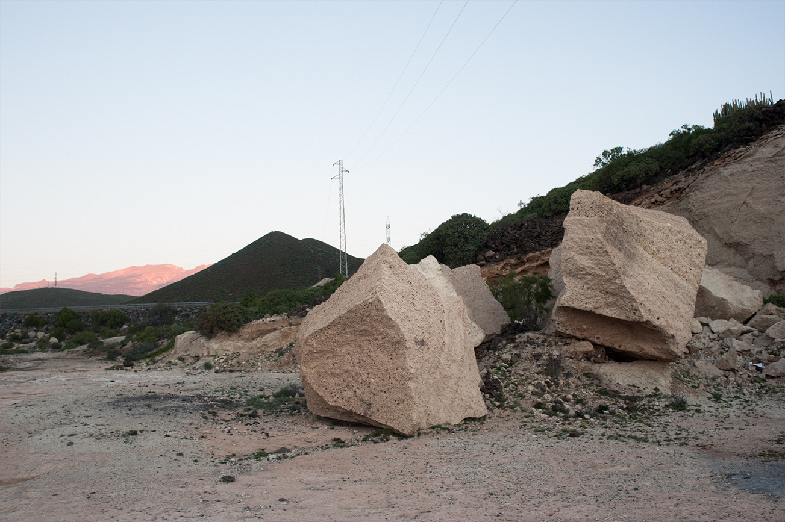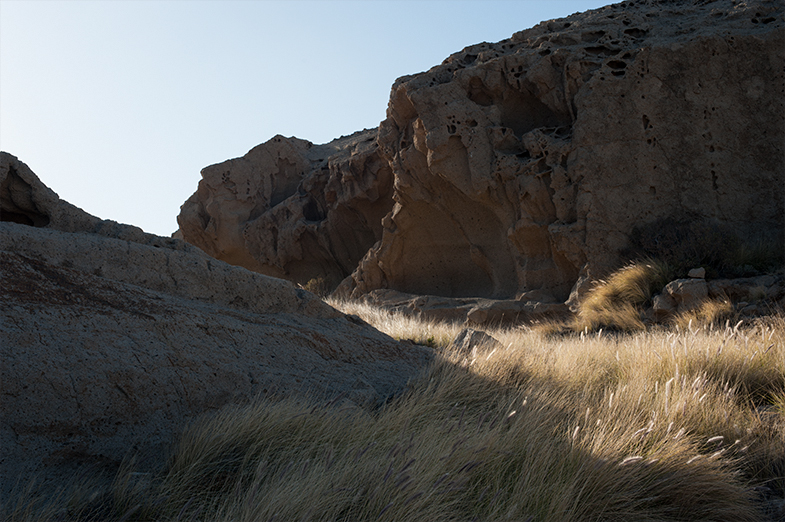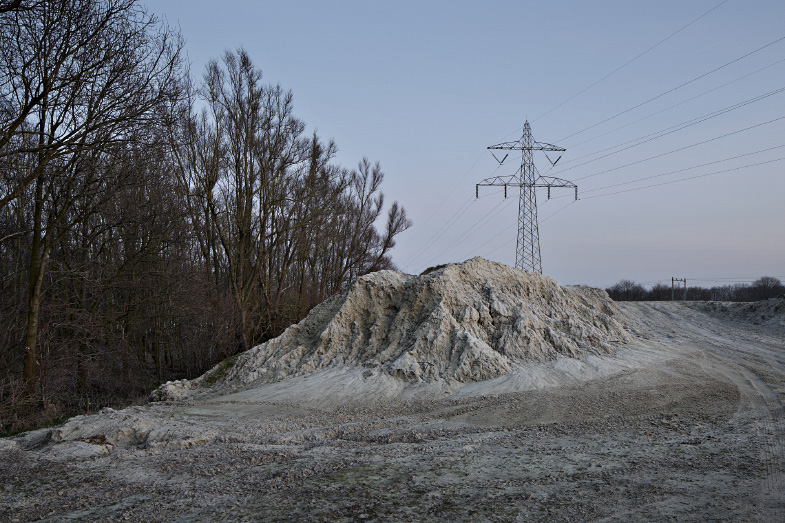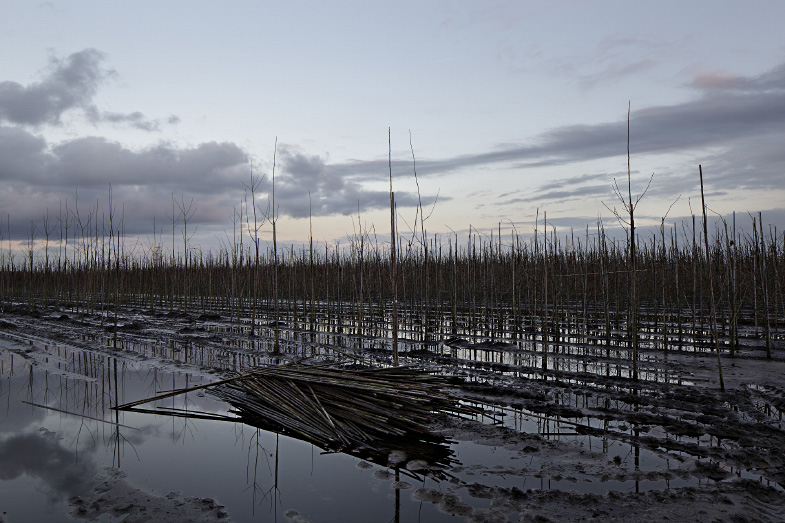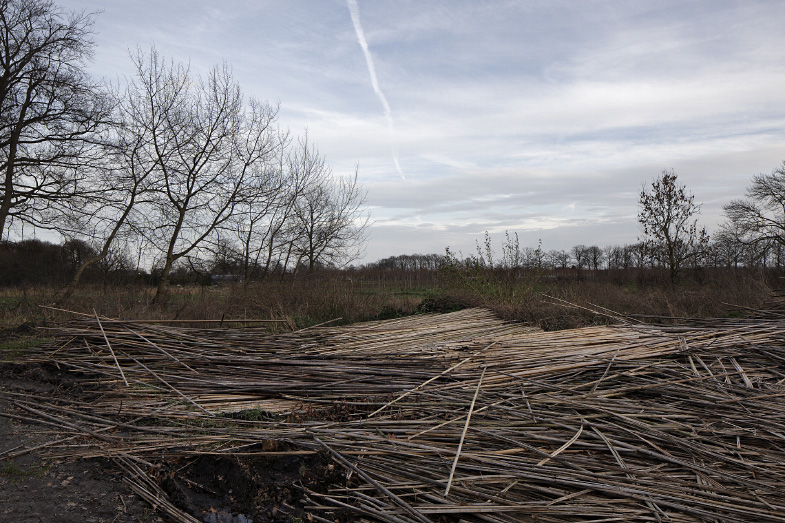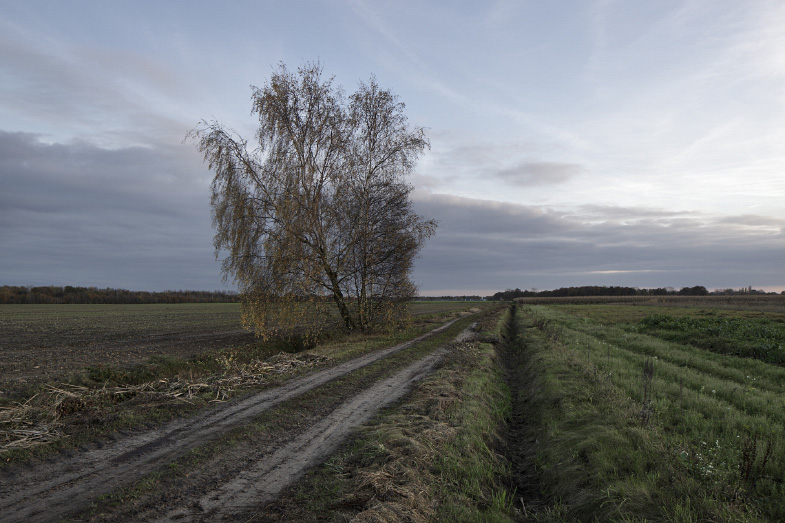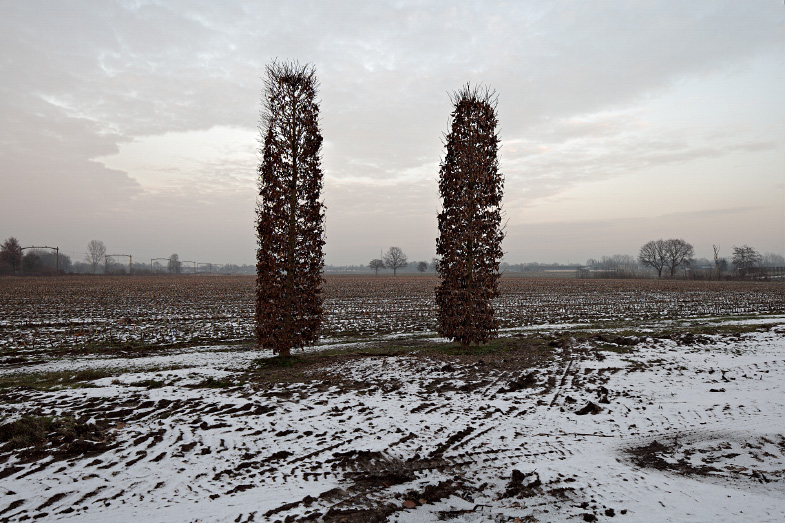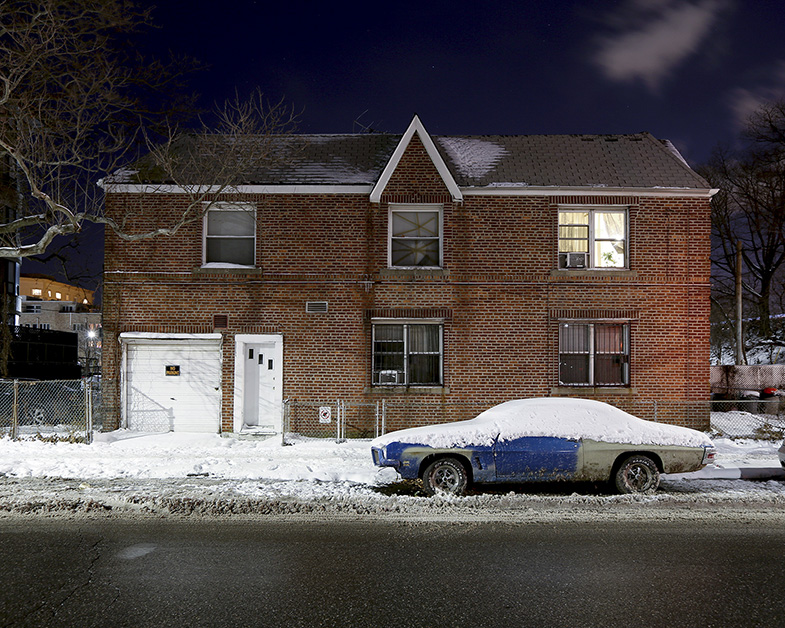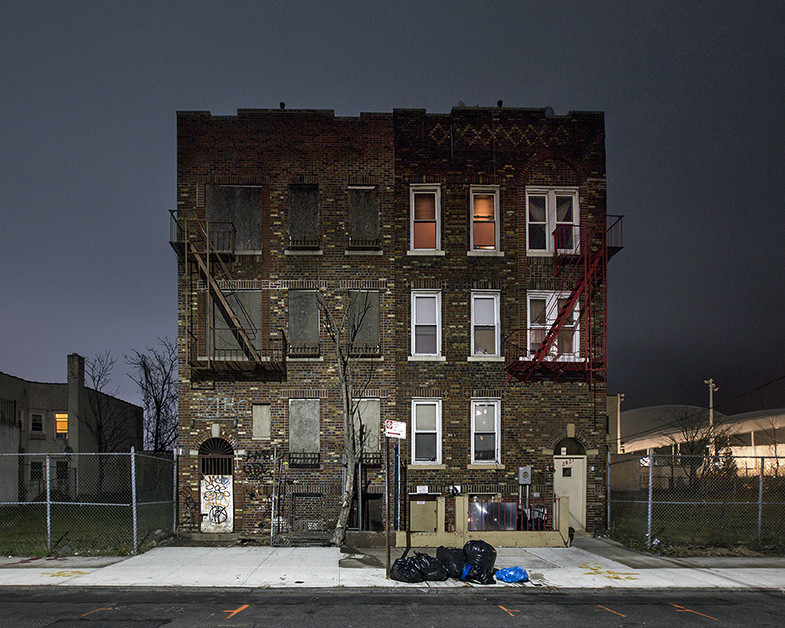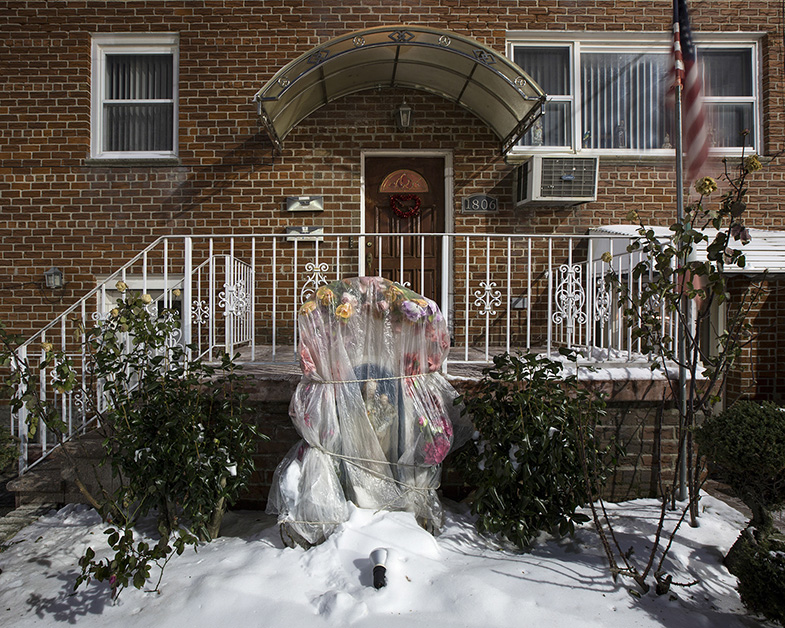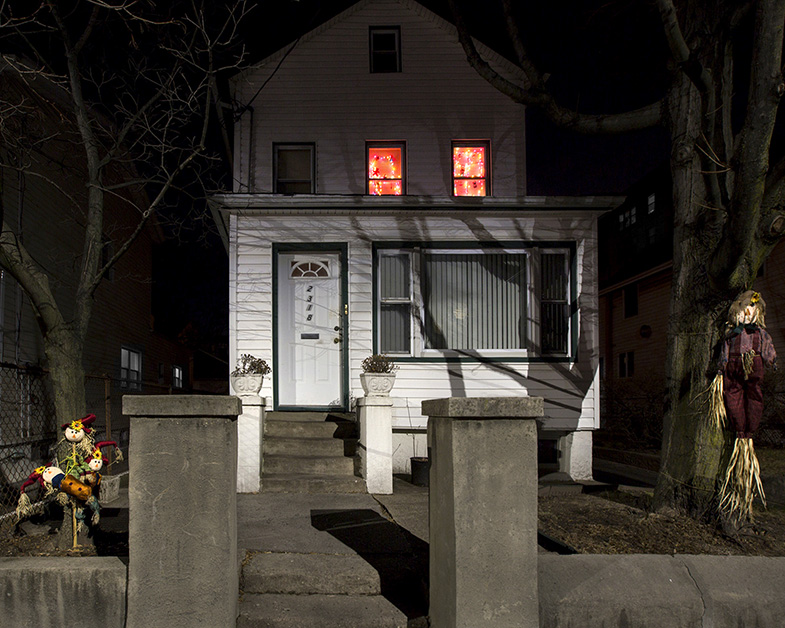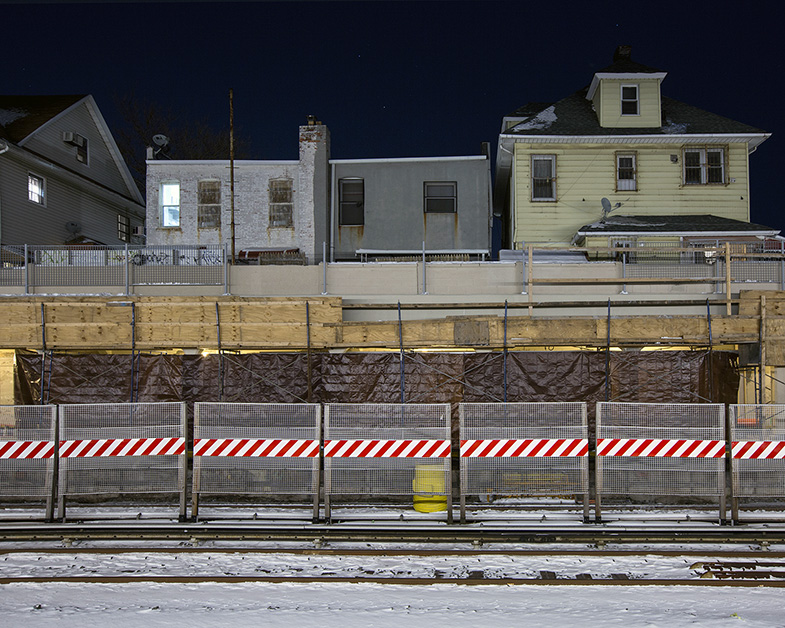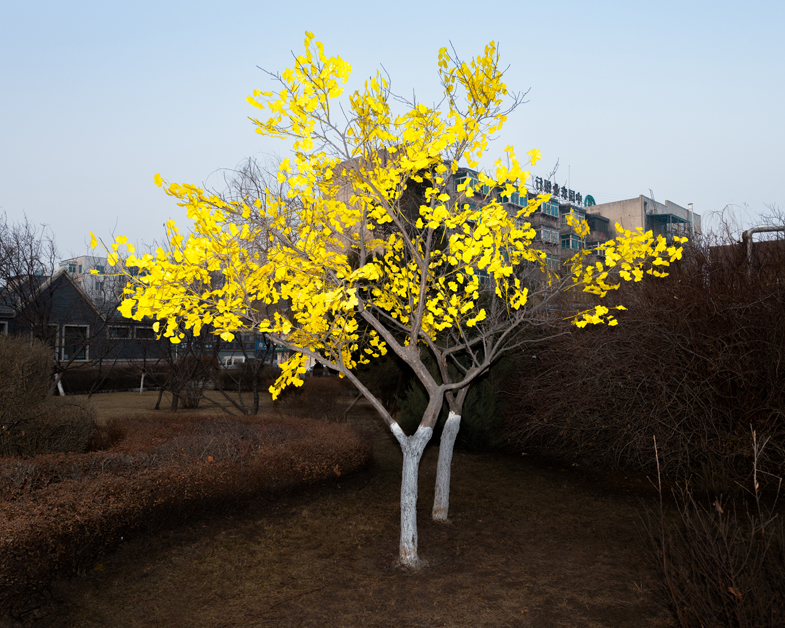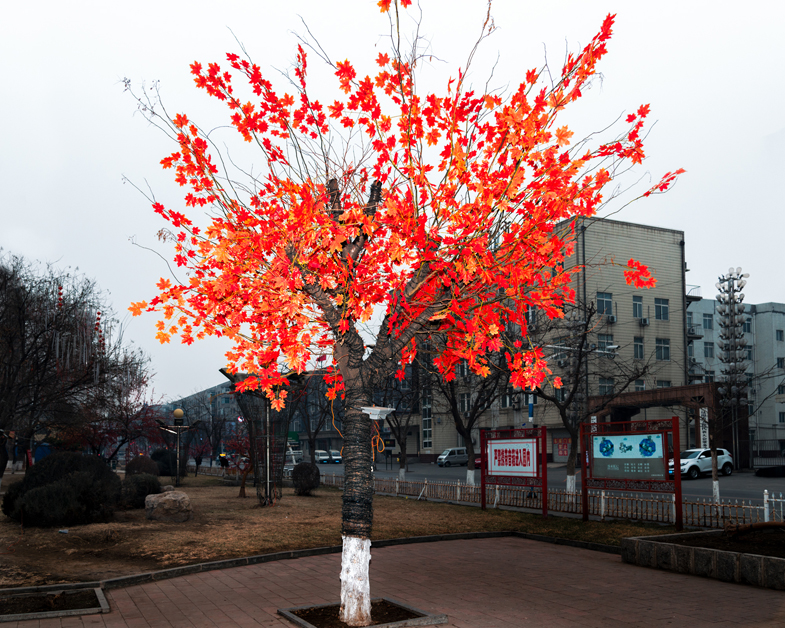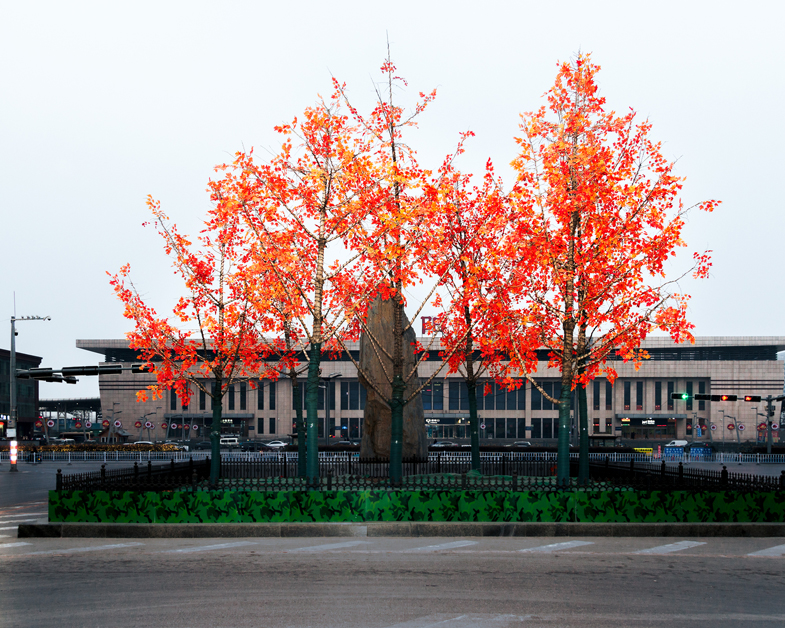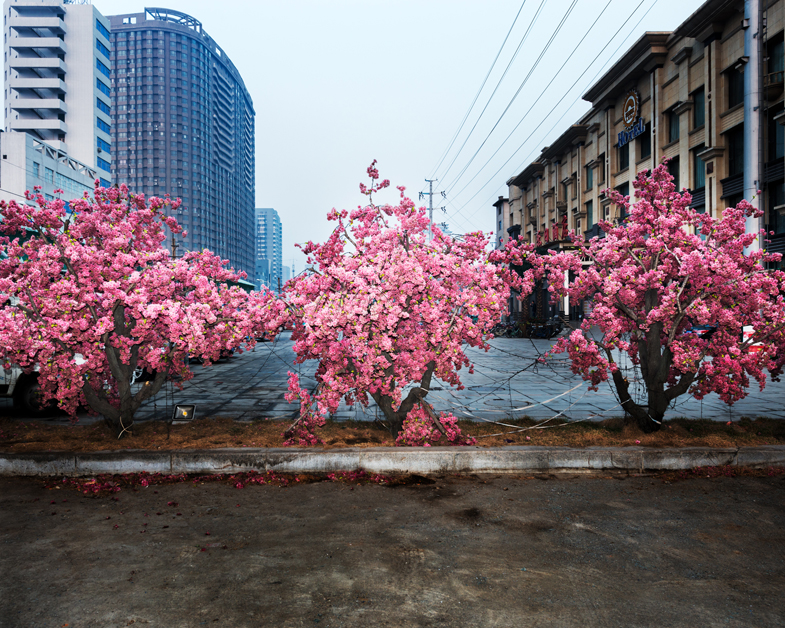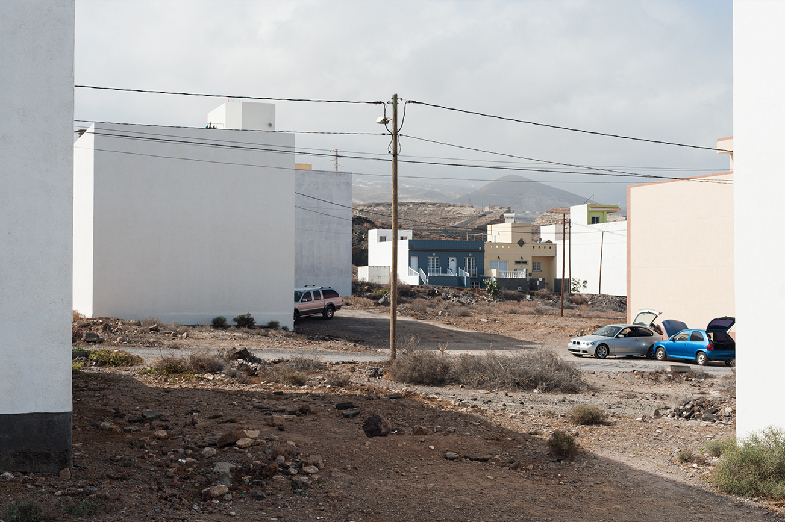
La Piel Seca (Dry Skin)
“…here you can feel something of the infinite, immutable, eternal, indefinable essence of God.”
These words appear in the book Journey to the South, written in 1931 by Fray Albino, bishop from the island of Tenerife. Within its pages he recounts his journey through the south of the volcanic island located in the Atlantic Ocean near Africa. It has a wet northern area favored by the trade winds and a very dry southern area due to high temperatures and the lack of rain.
On account of its aridity, the south was a barren terrain similar to a desert, unpopulated and isolated by the absence of communications. Since the 1970’s there has been strong tourism growth, which has significantly modified its socio-economic reality.
Inspired by Fray Albino’s words, I photograph the south of the island attempting to capture remnants of the landscape’s intangible values, which evoked within Fray Albino those feelings verging on mystical.
— Carlos Labrador, Tenerife, Spain
